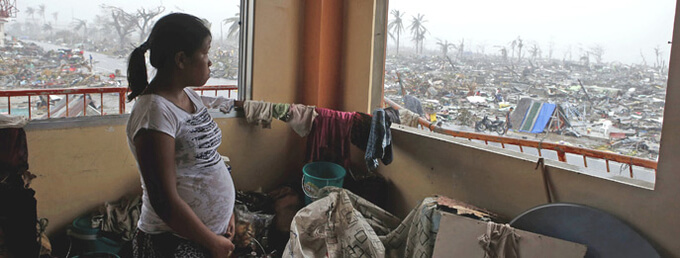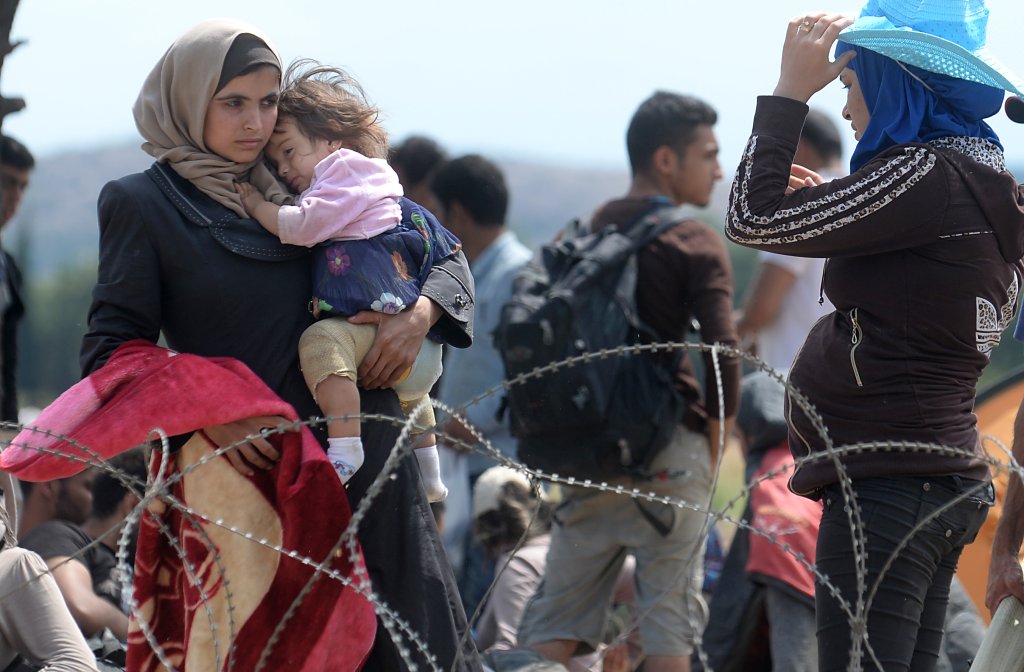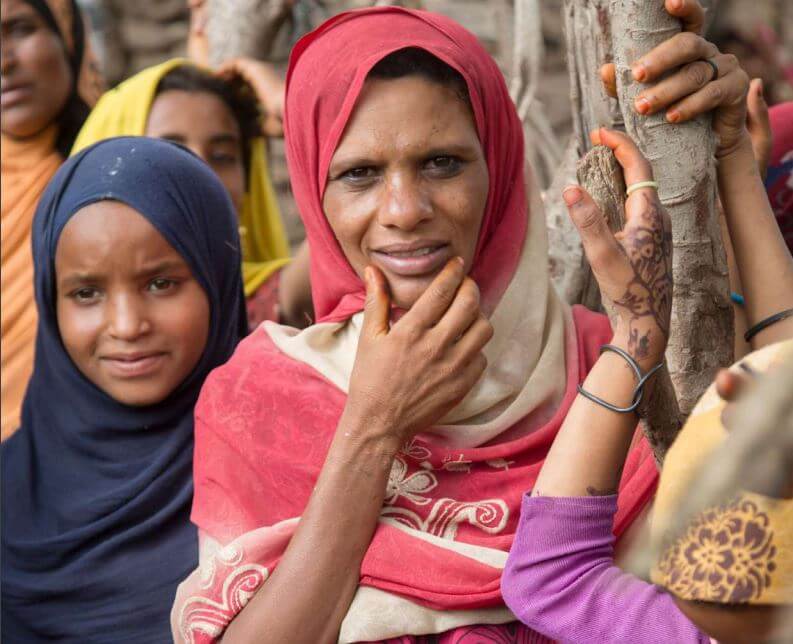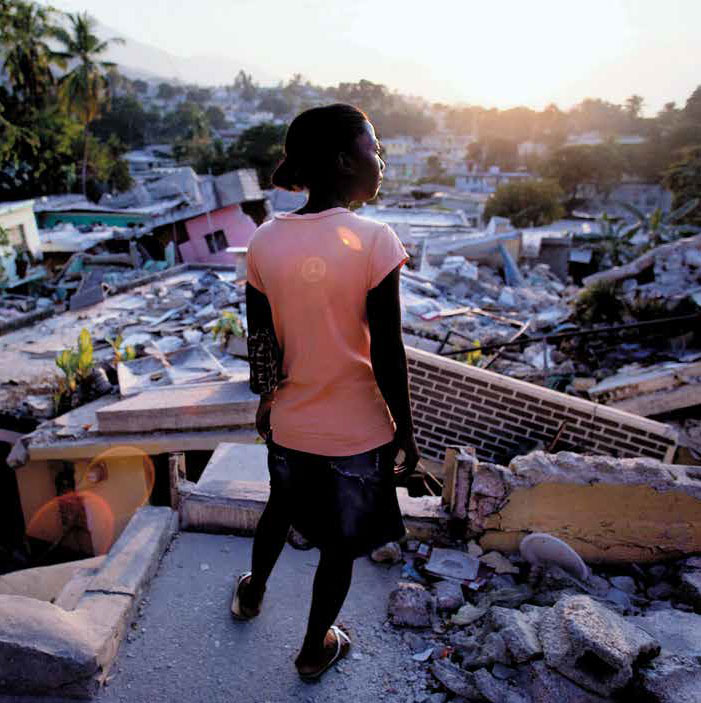Women and Climate Change: How Our Unstable World Affects Sexual and Reproductive Health

Climate change, the unprecedented warming of the earth from human activity coupled with an increase in unpredictable and extreme natural disasters and weather patterns, is one of the greatest challenges the world faces today.
It affects everyone, but not in the same ways and not to the same degree. Poorer countries, for example, are hit especially hard.
Women are also on the front lines. They are more likely to stay at home during disasters while caring for others, more likely to go hungry due to changing climate patterns, and more likely to experience violence during climate-related migration.
Women take on remarkable extra responsibilities and risks due to climate change.
Here are 5 ways climate change affects women:
1. Women are more likely to die in natural disasters.
The world over, women take on more care responsibilities than men. Because of that, they are more likely to stay home and care for children or the elderly rather than evacuate during disaster situations, leaving them in life-threatening positions.
Women are also less likely to know how to swim, as care responsibilities or cultural traditions can leave them confined to the home.
2. Women are more likely to go hungry when their communities are affected by changing climate patterns, even when they are pregnant or nursing.
They are more willing to give up food so that their children can eat.
Women also tend to be responsible for food and water collection. When agricultural patterns are disrupted by climate change, women have to travel farther to get food and water. This can leave them vulnerable to gender-based violence. Further, when food and water are scarce, women are more likely to engage in sex work in exchange for food in crisis settings.

3. When migrating from areas hard hit by natural disasters and climate change, women and girls are more likely to experience gender-based violence, including assault and rape.
This violence against women can be perpetrated by smugglers, by unfamiliar men living with women in camps for displaced people, or by others taking advantage of insecurity in tense situations.
These refugee stories are all too common, and in already severe settings, it can be next to impossible for survivors of gender-based violence to access family planning or other medical care, psychological counseling, and legal services.
4. When resources are scarce due to changes in agricultural patterns, families are more likely to marry off their daughters, often to men they don’t know and who are much older than them.
Child marriage is often (mistakenly) thought of as a way to protect girls during disasters and other dramatic changes caused by climate change, as the girls might receive food and security as a result of the union.
But, child marriage is closely linked with early pregnancy, the top killer of girls aged 15-19. In fact, 90% of early first births happen to married girls. In crisis settings, these girls are also less likely to be able to access the pre-natal and delivery care they need to have safe pregnancies.

5. Girls are less likely to access education in disaster situations caused by climate change.
Schools, teachers, and supplies can be destroyed or difficult to access for boys and girls in humanitarian settings or when families are on the move. However, girls are especially at risk for losing education opportunities, as they are at risk for child marriage and early pregnancy in a way that boys are not.
Also, accessing menstrual hygiene supplies can be difficult in crises caused by a changing climate. The shame and stigma surrounding periods in some parts of the world keeps girls from going to school. Being unable to access education contributes to cycles of gender inequality, as girls remain uninformed of their options and unempowered to make their own choices.

Climate change isn’t going anywhere anytime soon, and the effects of climate change will only worsen as the earth becomes warmer. It is imperative that we all find ways to mitigate the effects of climate change and lift up those who are particularly impacted by it. Making efforts to realize gender equality, women’s empowerment, and reproductive rights is one of the best ways to alleviate the disproportionate burden women and girls feel due to climate change.
UNFPA works to provide dignity kits and emergency birth kits to women after humanitarian crises. They aim to provide women on the move with gender-based violence information and resources. UNFPA also educates families on the harms of child marriage.
Even in times of crisis or uncertainty, women do not stop having children, being mothers, or needing sexual and reproductive health care, and girls do not stop growing up or needing control over their own futures.
-Dana Kirkegaard